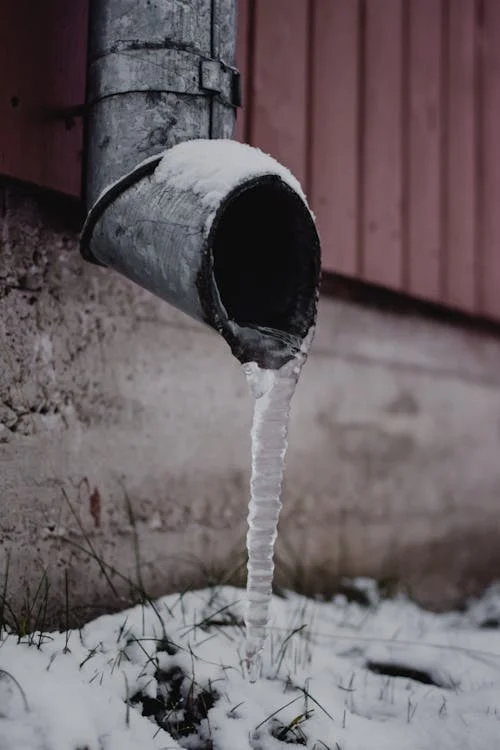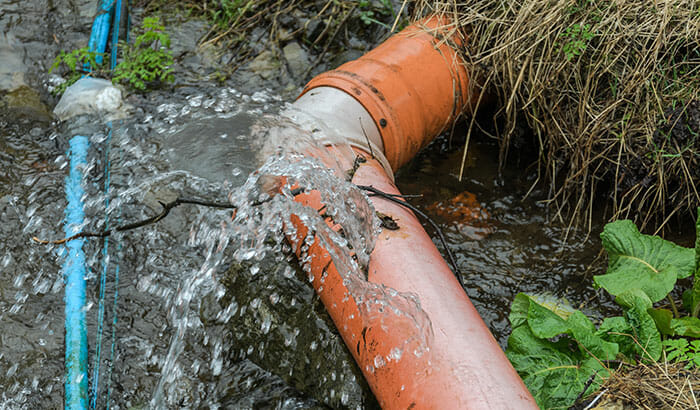Preventing Ruptured Pipes: Necessary Tips to Shield Your Plumbing
Preventing ruptured pipelines is a vital issue for property owners, especially throughout chillier months when the danger of freezing is enhanced. Implementing calculated steps such as proper insulation, regular inspections, and maintaining regular interior temperatures can substantially decrease the likelihood of pipeline failing.
Understand Pipe Vulnerabilities
Comprehending pipe susceptabilities is vital for reliable plumbing upkeep and stopping expensive damage. Numerous factors add to the susceptibility of pipes to ruptureds, consisting of material structure, age, and environmental conditions. Older pipes, specifically those made from galvanized steel or polybutylene, usually deteriorate with time, leading to increased danger of ruptures and leakages.
Temperature level fluctuations can also considerably impact pipeline honesty. In cooler climates, water trapped in pipelines can ice up, putting in and expanding pressure on the pipeline walls, which may eventually lead to a ruptured. In addition, high water stress can strain pipelines, particularly at joints and bends, heightening the likelihood of failure.

Insulate Pipes Appropriately
Correct insulation of pipelines is crucial for stopping cold and succeeding bursts during cool weather (burst pipe). Insulating your plumbing system efficiently safeguards against temperature level goes down that can result in pricey damages. Begin by identifying susceptible areas where pipes are subjected to outside temperatures, such as cellars, attic rooms, and exterior wall surfaces
Usage foam pipeline insulation sleeves or wrap insulation tape around these areas to offer a protective obstacle. Ensure that all areas of the pipelines, specifically those with minimal warm exposure, receive appropriate insulation. Pay special focus to installations and joints, as these are extra susceptible to cold.
When insulating, it's necessary to pick materials that fulfill neighborhood structure codes and are ideal for the specific atmosphere. As an example, fiberglass insulation is often recommended for its thermal resistance residential or commercial properties - burst pipe. Additionally, consider making use of warm cords or tape in extreme problems, which can be connected in to supply extra warm
On a regular basis check shielded pipes for any kind of indications of wear or damages, as compromised insulation can diminish its performance. By taking these aggressive measures, you dramatically decrease the threat of pipe bursts, making certain a trustworthy plumbing system throughout the winter season.
Maintain Constant Temperature
A steady interior temperature level is necessary for preventing burst pipelines throughout the frigid months. When temperatures decrease, water within pipelines can freeze, developing and broadening stress that may eventually trigger the pipelines to ruptured.Making use of a programmable thermostat can help handle indoor temperature levels properly, ensuring that spaces with pipes stay cozy also when the house is vacant.
This small flow of water can protect against freezing by minimizing pressure within the pipes. By applying these strategies, house owners can considerably reduce the threat of pipe ruptureds and protect their plumbing systems against the harsh wintertime elements.
Regularly Evaluate Plumbing
Routine evaluations of pipes systems are critical for avoiding burst pipes and keeping overall home integrity. Throughout these examinations, it is necessary to take a look at noticeable pipelines for signs of corrosion, leakages, or use.
Furthermore, inspecting links and joints is crucial, as these points are frequently vulnerable to leakages. Property owners need to likewise examine water stress degrees, as excessive pressure can stress the pipes system and raise the danger of pipeline ruptureds.
Consider scheduling specialist pipes evaluations at the very least as soon as a year, specifically prior to winter months, to ensure your system is prepared for chillier temperatures. By being positive in your approach, you can protect your home against the turbulent and pricey effects of burst pipes.
Know Emergency Procedures
Comprehending emergency situation procedures is crucial for each property owner, especially after carrying out normal pipes evaluations. Being planned for a pipes emergency my blog can substantially mitigate damages and save expenses. Initially, locate your primary water shut-off valve; it is typically found near the water meter or where the main line enters your home. Acquaint on your own with its operation, as turning off the water system quickly can avoid substantial flooding.
Following, maintain necessary devices handy. A plumbing emergency situation set should consist of a wrench, bettor, and towels, as well as a flashlight and a container for small leaks. Furthermore, take into consideration having the get in touch with info for a trusted plumbing technician readily available, needs to the circumstance rise past your control.
If you find a leakage or burst pipeline, right away transform off the water supply and notify your plumber. Moreover, record the damages with photographs for insurance policy purposes. burst pipe. Recognize the signs of possible plumbing problems, such as uncommon water stress variations or damp areas on wall surfaces
Inevitably, aggressive knowledge and swift action are crucial in managing plumbing emergencies, ensuring your home continues to be secured and lessening potential damage.

Final Thought
In conclusion, protecting against ruptured pipes requires a multifaceted strategy that includes understanding pipe vulnerabilities, correct insulation, preserving constant interior temperatures, regular inspections, and knowledge of emergency procedures. By applying these crucial approaches, the threat of pipes failures can be considerably reduced, thereby ensuring the durability and effectiveness of the plumbing system. Aggressive procedures not only protect against prospective damages but likewise add to overall water preservation and the protection of residential or commercial property.
In cooler climates, water caught in pipelines can freeze, broadening and putting in stress on the pipe wall surfaces, which might ultimately lead to a burst. When temperature levels decline, water within pipes can ice up, increasing and creating stress that might inevitably cause the pipes to ruptured. By carrying out these strategies, property owners can helpful resources considerably minimize the threat of pipe bursts and protect their pipes systems versus the severe winter season elements.

Comments on “How to Fix a Burst Pipe Yourself: A Step-by-Step Guide for Homeowners”